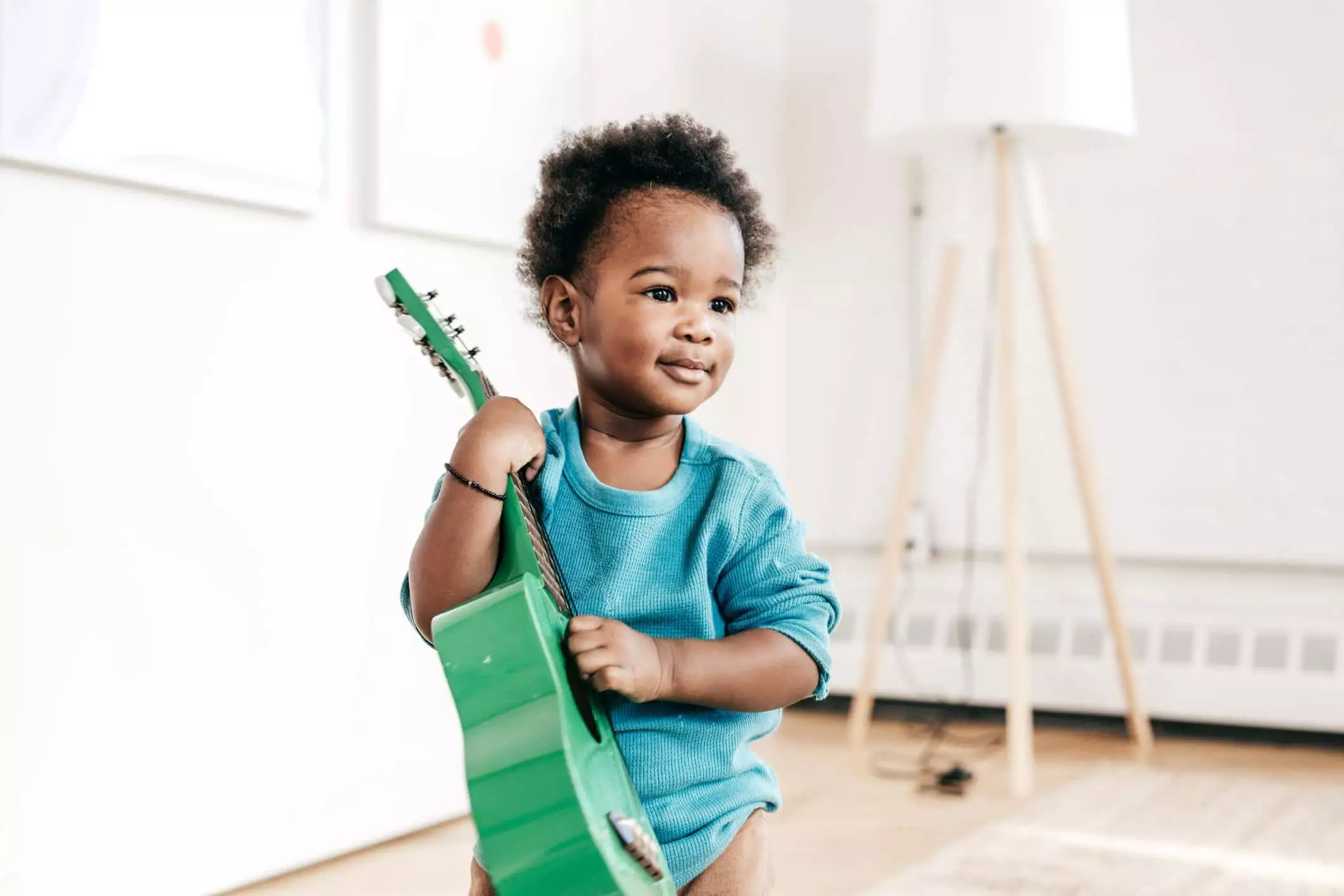As parents, we often find ourselves in a nightly tug-of-war with our little ones when bedtime rolls around. The familiar cries for “one more story,” or a glass of water frequently serve as stalling tactics that most accompanying parents recognize intuitively. But beneath these seemingly innocent requests lies a profound emotional landscape, illustrating the complex dynamics of attachment and separation. These moments highlight a child’s innate desire for closeness and comfort, shedding light on the fundamental anxiety that often accompanies the separation process. Understanding this can significantly transform how we approach bedtime.
Separation anxiety is not the result of a child being overly needy or unwarrantedly clingy; rather, it stems from a natural developmental stage. Up until around the age of six, young children are still grooming their personal sense of individuality while remaining heavily reliant on their immediate caregivers for emotional security.
British psychologist John Bowlby was instrumental in establishing the concept of attachment, postulating that a child’s emotional wellbeing is deeply connected to a nurturing and consistent relationship with their parent or primary caregiver. Developmentally, children aren’t geared towards enjoying separation. Instead, the instinct to stay close to a caretaker is encoded in their psychological framework, indicating that the bonds we form as parents are not merely beneficial but essential for our children’s emotional development.
This intrinsic need can manifest as frustration, tantrums, or even physical distress in moments of separation. Particularly at nighttime, when a day’s worth of stimuli culminates, children can find themselves overwhelmed. For parents, it’s crucial to approach these episodes with empathy: the presence of separation anxiety serves as an affirmation of their child’s attachment to them rather than an indictment of their parenting abilities. Recognizing this attachment can foster a nurturing environment where both parent and child feel secure.
Interestingly, children as young as six months demonstrate a keen awareness of their primary caretaker and display social behaviors reflective of this attachment. They often showcase “stranger anxiety,” hesitating to connect with unfamiliar people while showing a clear preference for those with whom they feel safe. This instinct is not just a behavioral quirk; it’s a natural evolutionary design aimed at ensuring safety and continuity of care through the strong bonds formed with primary caregivers.
In a world filled with necessary separations—whether a parent leaving for work or a child navigating new social environments—how do we minimize distress while cultivating trust and resilience in our children? The answer lies in our manner of engagement. Prioritizing moments of connection, affection, and warmth can significantly ease the anxiety surrounding separation.
One effective strategy is to deliberately deepen the emotional connection between parent and child. Engaging fully in shared activities nurtures this bond and helps children develop trust—a powerful antidote to anxiety. When faced with nighttime fears or reluctance to separate, it’s crucial to remember that these reactions are symptoms of deeper emotional concerns rather than behavioral problems to rectify.
Effective discipline should neither exacerbate separation anxiety nor promote punitive measures such as timeouts. Instead, a focus on nurturing connections fosters an environment where kids feel valued and reassured. Utilizing transitional techniques can assist in managing separations. Discussion of future meetings or comforting bedtime routines can redirect the narrative from loss to hope and upcoming moments of togetherness.
As children familiarize themselves with other caregivers, it’s paramount to actively construct these transitional relationships. By introducing potential caregivers warmly and highlighting common interests or shared values, we give our children emotional landmarks to navigate these relationships. They take cues from us; thus, our trust in others creates a framework for them to build their own connections.
While tears and displays of emotions might seem disconcerting, they often serve as an outlet for children to process distress. Reassuring them that it’s normal to express sadness or longing provides a foundation for resilience. The insights of figures like Maurice Sendak, who acknowledged loneliness and the innate desire for love and connection in children’s literature, resonate profoundly here, reflecting the universal needs of attachment and security.
At the core of navigating separation anxiety lies a vital truth: children crave proximity not out of mere dependence but from a need to feel cherished and secure. By shifting our parenting focus towards connection, we enable our children to cultivate emotional strength throughout their developmental journey.
To foster a nurturing environment, parents can channel their energy into anchoring the child’s emotional wellbeing through supportive interactions. By doing so, we not only facilitate smoother separations but also nurture a resilient, self-assured little individual ready to embrace the world beyond the secure ties of home. Each goodbye can be transformed into a cherished promise of tomorrow, mirroring the love and mutual dependency that ultimately bind us all.

